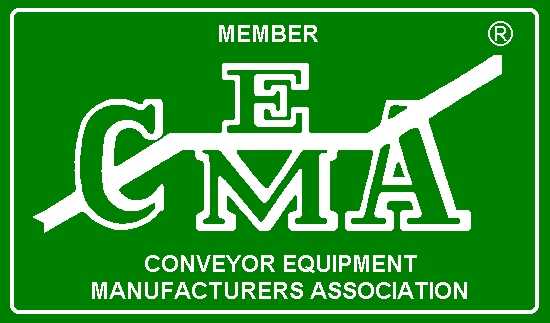Although American manufacturers swear by the CEMA standards and the European manufacturers swear by the ISO, we think they complement each other. A small factory, with very little engineering capacity, would benefit a lot from joining CEMA to access that knowledge network.
A larger factory, looking to achieve a competitive advantage over others or winning large projects, could use the ISO standards to improve the design process. However, considering the current state of technology, those efforts would probably be better used improving manufacturing and maintenance processes instead of design. Also, if some day the company needs to manufacture a 30-km belt conveyor to take soybeans from a dry terminal down to the port, without using trucks ,it is better to start with the CEMA standards for an initial approximation and switch immediately to the ISO to smooth the design. Technical standards are not a substitute for careful engineering work, neither do they make up for the lack of training of an engineer, but they do speed up the design process and allow the creation of a budget and a quotation faster, if you never designed a similar equipment before.
Iranian readers will be happy to know that, since many years ago, the Avartin Company (the local ISO organization) has national belt conveyor standards taken from CEMA. They still don’t have anything for drag conveyor, screw conveyors, nor bucket elevators. It would be nice to see CEMA expanding their focus to also cover pneumatic conveyors, but that is something to be decided by its members in the future.
[:]


